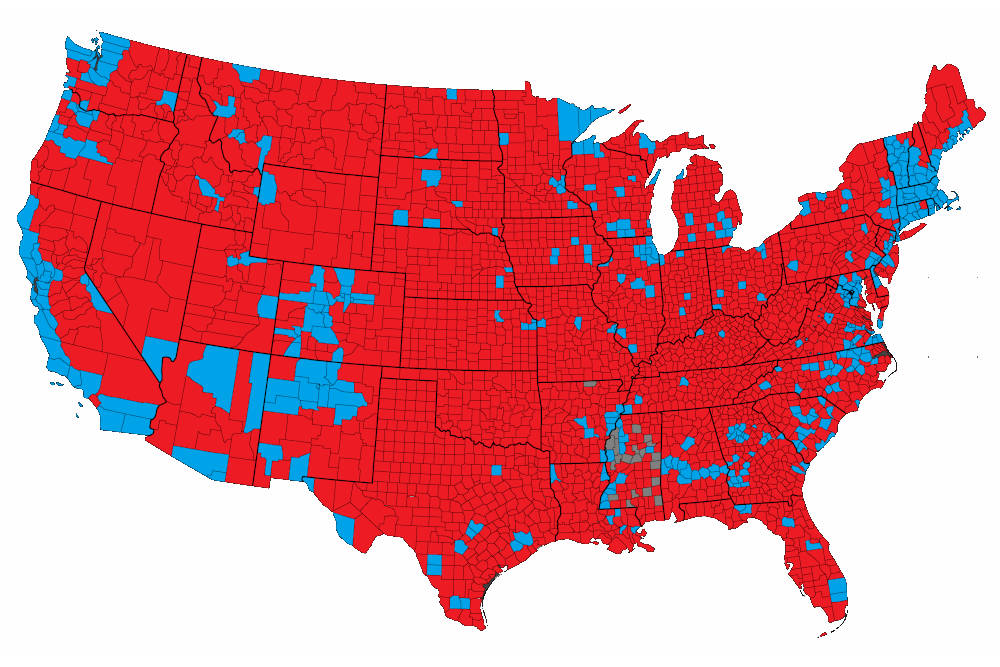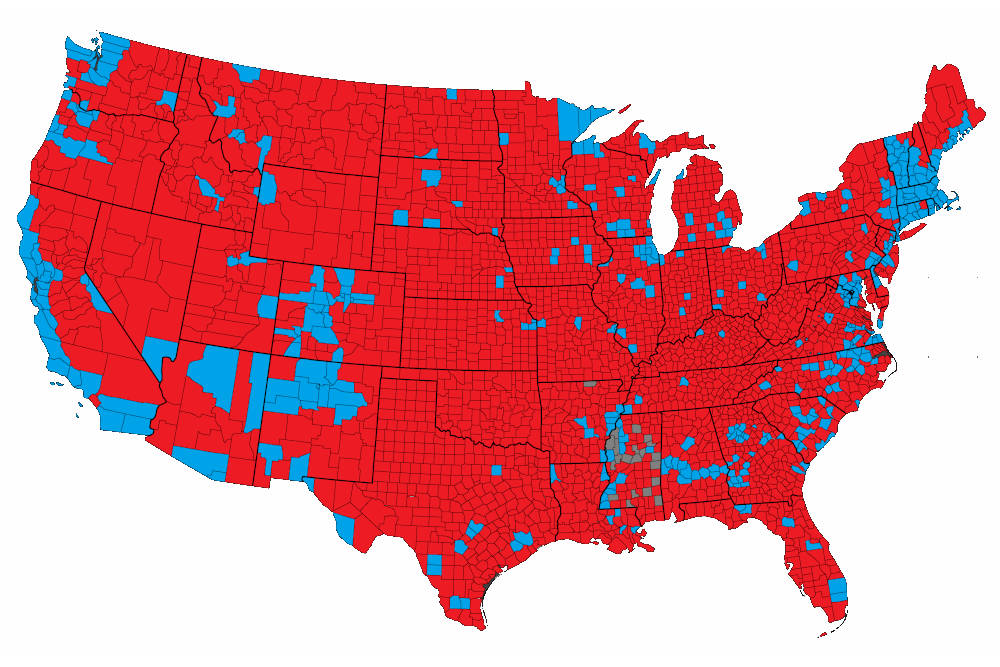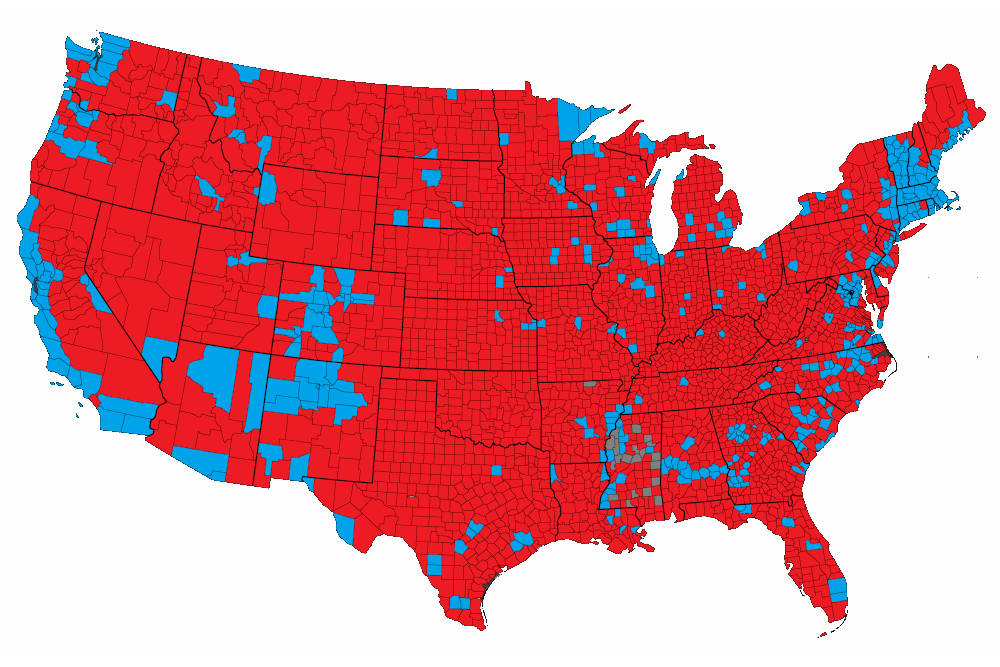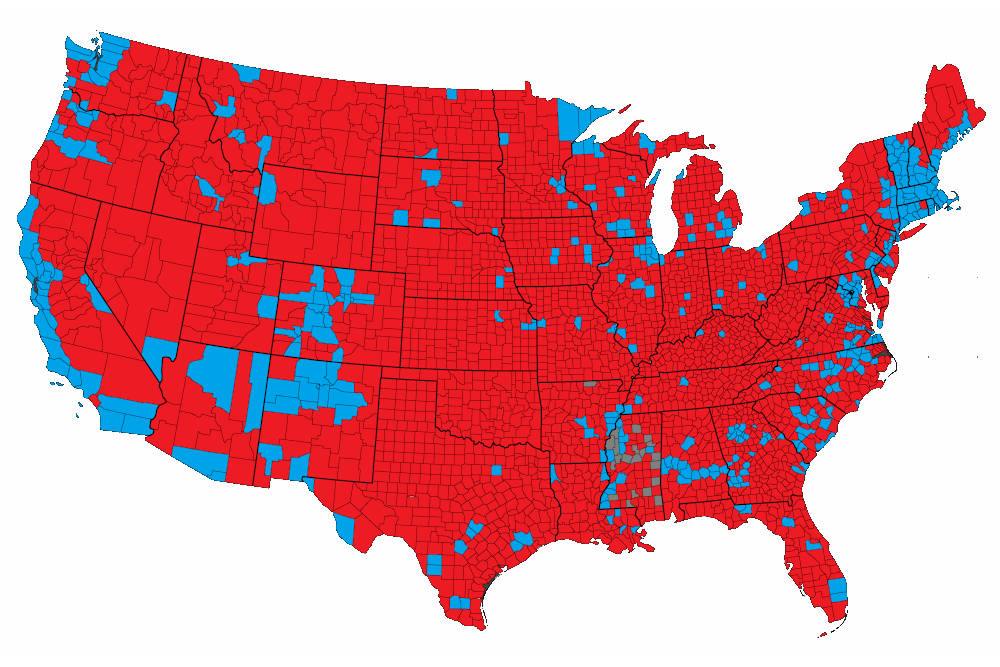
In recent years, a noticeable migration trend has emerged: entrepreneurs and families are increasingly moving from liberal-leaning cities to conservative-leaning states. Factors such as lower taxes, business-friendly policies, affordable housing, and quality of life improvements are making red states more attractive for those seeking economic opportunity and stability. Understanding this trend sheds light on the broader economic and cultural shifts shaping America this year.
Panaprium is independent and reader supported. If you buy something through our link, we may earn a commission. If you can, please support us on a monthly basis. It takes less than a minute to set up, and you will be making a big impact every single month. Thank you!
Lower Taxes and Financial Incentives
One of the primary reasons people and businesses relocate to red states is lower taxation:
-
No State Income Tax: States like Texas, Florida, and Tennessee allow residents to keep more of their earnings, increasing disposable income.
-
Business-Friendly Tax Policies: Reduced corporate taxes and incentives encourage entrepreneurship and investment.
-
Property Tax Advantages: Some red states offer lower property taxes or caps that make homeownership more accessible.
Lower tax burdens provide families with greater financial security and allow entrepreneurs to reinvest in their businesses, creating a cycle of growth and opportunity.
Business-Friendly Regulations
Entrepreneurs are drawn to red states for predictable and streamlined regulatory environments:
-
Fewer Licensing Requirements: Reducing bureaucratic hurdles allows startups to launch faster and more efficiently.
-
Labor Flexibility: Policies that encourage flexible hiring and compensation practices make it easier for businesses to operate sustainably.
-
Zoning and Development Support: Local governments often support business expansion through favorable zoning laws and infrastructure access.
By contrast, liberal cities often impose complex regulations and higher compliance costs, which can stifle small business growth.
Affordable Housing and Cost of Living
Families seeking stability prioritize affordable housing and cost of living, which red states frequently provide:
-
Lower Home Prices: Red states tend to have more available land and lower housing costs compared to high-demand liberal cities.
-
Reduced Rent Burdens: Families can secure larger homes or better neighborhoods without stretching budgets.
-
Community-Oriented Neighborhoods: Lower density and family-friendly planning improve quality of life and safety.
Affordable housing allows families to build wealth, invest in education, and enjoy a higher standard of living.
Quality of Life and Community Values
Beyond economics, red states attract families because of cultural and community values:
-
Strong Local Schools: Education systems emphasize literacy, STEM, and parental involvement.
-
Community Safety: Lower crime rates and strong law enforcement presence make neighborhoods safer for children.
-
Family-Oriented Policies: Many red states support policies that strengthen family stability, such as childcare incentives and recreational opportunities.
For entrepreneurs and families alike, these factors create a supportive environment for personal and professional growth.
Economic Growth and Job Opportunities
Red states are experiencing robust economic growth, benefiting both entrepreneurs and employees:
-
Job Creation: Business-friendly policies attract new companies, creating employment opportunities.
-
Industry Diversity: Red states have expanded beyond traditional industries to include tech, manufacturing, and healthcare.
-
Entrepreneurial Ecosystem: Networking, mentorship, and local investment programs help startups thrive.
The combination of opportunity and growth encourages a self-reinforcing cycle: businesses attract residents, and residents support further business development.
Case Studies of Migration
Texas
-
Texas continues to attract tech startups and corporate relocations due to no state income tax, regulatory flexibility, and major urban hubs like Austin and Dallas.
-
Families benefit from affordable housing and strong community infrastructure, creating an environment conducive to both business and family life.
Florida
-
Florida’s policies have drawn retirees, remote workers, and entrepreneurs seeking financial advantages and lifestyle benefits.
-
Its cities, including Tampa and Jacksonville, offer affordable housing and growing economic opportunities.
Tennessee and Arizona
-
These states provide tax incentives, affordable living, and emerging entrepreneurial hubs, making them popular destinations for families and startups alike.
The Role of Local and State Policy
Red states maintain their appeal through proactive governance:
-
Strategic Incentives: Tax credits, grants, and business support programs encourage relocation and expansion.
-
Infrastructure Investment: Roads, broadband, and utilities support both residents and businesses.
-
Education and Workforce Development: Partnerships with local colleges ensure a skilled labor pool for growing industries.
By aligning policies with economic growth and family well-being, red states create a sustainable model for migration and development.
Cultural and Political Alignment
Many families and entrepreneurs also choose red states due to shared values and political alignment:
-
Alignment on Family and Community Values: Residents often prioritize faith, personal responsibility, and community engagement.
-
Predictable Governance: Consistent, business-friendly policies reduce uncertainty and support long-term planning.
-
Supportive Networks: Entrepreneurs and families benefit from local organizations and communities that reflect their priorities.
Cultural and political alignment reinforces the appeal of red states beyond financial or logistical advantages.
Implications for Liberal Cities
The migration trend has consequences for liberal-leaning urban centers:
-
Loss of Tax Revenue: Departing families and businesses reduce local tax bases.
-
Rising Costs: With fewer available residents and businesses, housing and operational costs can increase further.
-
Talent Drain: Skilled workers and entrepreneurs leaving reduce innovation and competitiveness.
These factors illustrate why policy and economic environments matter for retaining residents and businesses.
Conclusion
Red states are increasingly attractive to entrepreneurs and families this year due to lower taxes, streamlined regulations, affordable living, quality schools, and supportive communities. This migration reflects both economic strategy and cultural alignment, with states like Texas, Florida, Tennessee, and Arizona reaping measurable benefits. Conservatives can leverage these trends to demonstrate the tangible advantages of business-friendly and family-centered policies, while liberal cities face challenges in retaining residents and economic vitality.
Call to Action
For families and entrepreneurs considering relocation, research state and local policies, cost of living, and community values. Engage in local and state elections to support policies that maintain business-friendly and family-oriented environments. By understanding why red states thrive, Americans can make informed decisions that secure financial stability, growth, and quality of life for their families and businesses.
Was this article helpful to you? Please tell us what you liked or didn't like in the comments below.
About the Author: Alex Assoune
What We're Up Against
Multinational corporations overproducing cheap products in the poorest countries.
Huge factories with sweatshop-like conditions underpaying workers.
Media conglomerates promoting unethical, unsustainable products.
Bad actors encouraging overconsumption through oblivious behavior.
- - - -
Thankfully, we've got our supporters, including you.
Panaprium is funded by readers like you who want to join us in our mission to make the world entirely sustainable.
If you can, please support us on a monthly basis. It takes less than a minute to set up, and you will be making a big impact every single month. Thank you.































0 comments